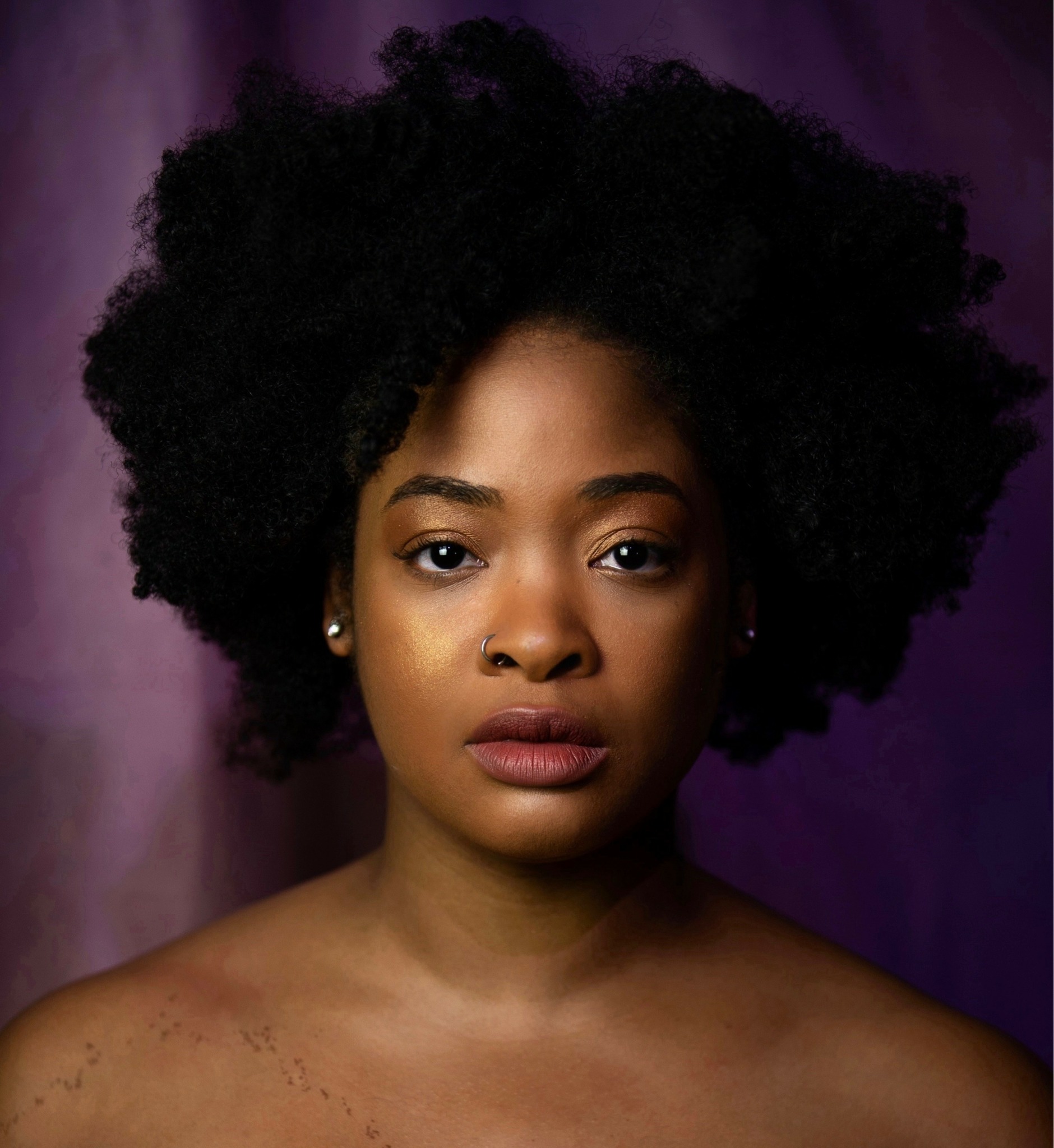Alright – so today we’ve got the honor of introducing you to Bre Seals. We think you’ll enjoy our conversation, we’ve shared it below.
Bre , thanks for taking the time to share your stories with us today When did you first know you wanted to pursue a creative/artistic path professionally?
I think I’ve always known I was a creative. I’ve always been captivated by how the body moves — how it tells stories without saying a word. Even as a kid, I was drawn to the idea that everything has its own choreography. Like, truly — if you think about it, from a rock falling, to water flowing, to how a car pulls into a parking spot — there’s a rhythm, a sequence, a kind of dance to all of it. And that always stuck with me.
Movement has always been how I express myself especially in moments when I didn’t have the words. So, becoming a choreographer wasn’t a random decision. It was a calling. I remember watching shows like *In Living Color*, *Keenan & Kel*, *All That*, (90s music videos being a 90s baby myself) and when the credits would roll, I would literally imagine my name under the title “Choreographer.” It was always in me.
But the moment it *clicked* for real the moment I *knew* I had to pursue this path professionally was my senior year at Tri-Cities High School In The Visual and Performing Arts Magnet Dance Program in East Point, Georgia. I was under the guidance of Ms. Bridget L. Moore, who pushed me harder than anyone had up to that point. For our senior project, we had to create a solo, music, lighting, set, the full vision. And even though I wasn’t the standout dancer in class I wasn’t always picked, I wasn’t the most technical —I had vision. I had heart. I knew how to create something full.
Ms. Moore saw that. After I performed, I got the highest score in the class. And for the first time, I felt seen. Not fluffed, not hyped but genuinely poured into. That project let me synthesize everything I loved movement, music, design, storytelling. It wasn’t just about dance. It was about directing, shaping energy, building worlds.
That moment anchored me. From there, I went on to CalArts, transferred to Howard, and now I’m completing my degree at University of Maryland — but honestly, no matter where I’ve been or what life’s thrown at me, choreography has always been the throughline. It’s how I make sense of the world. It’s how I breathe.
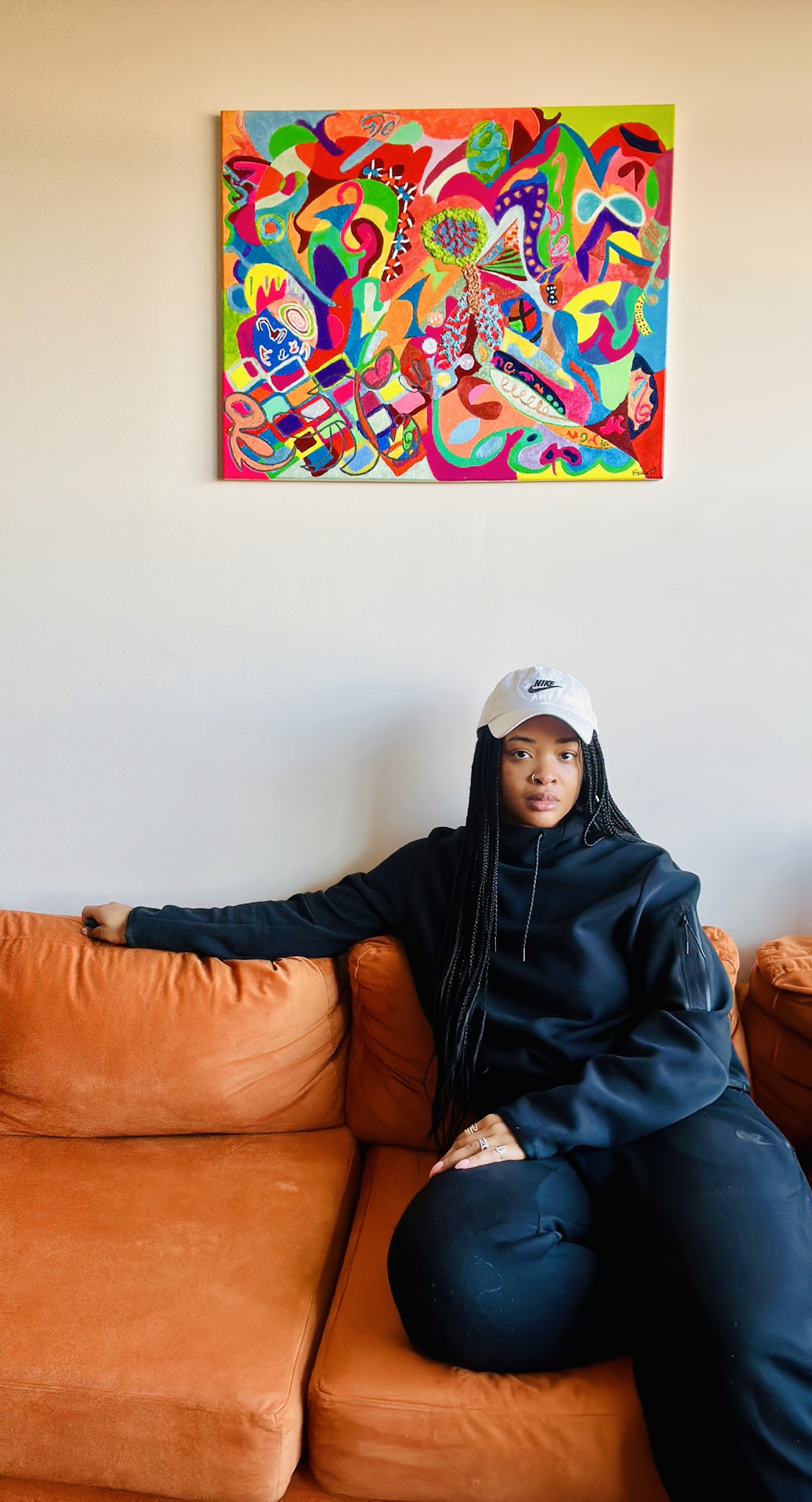
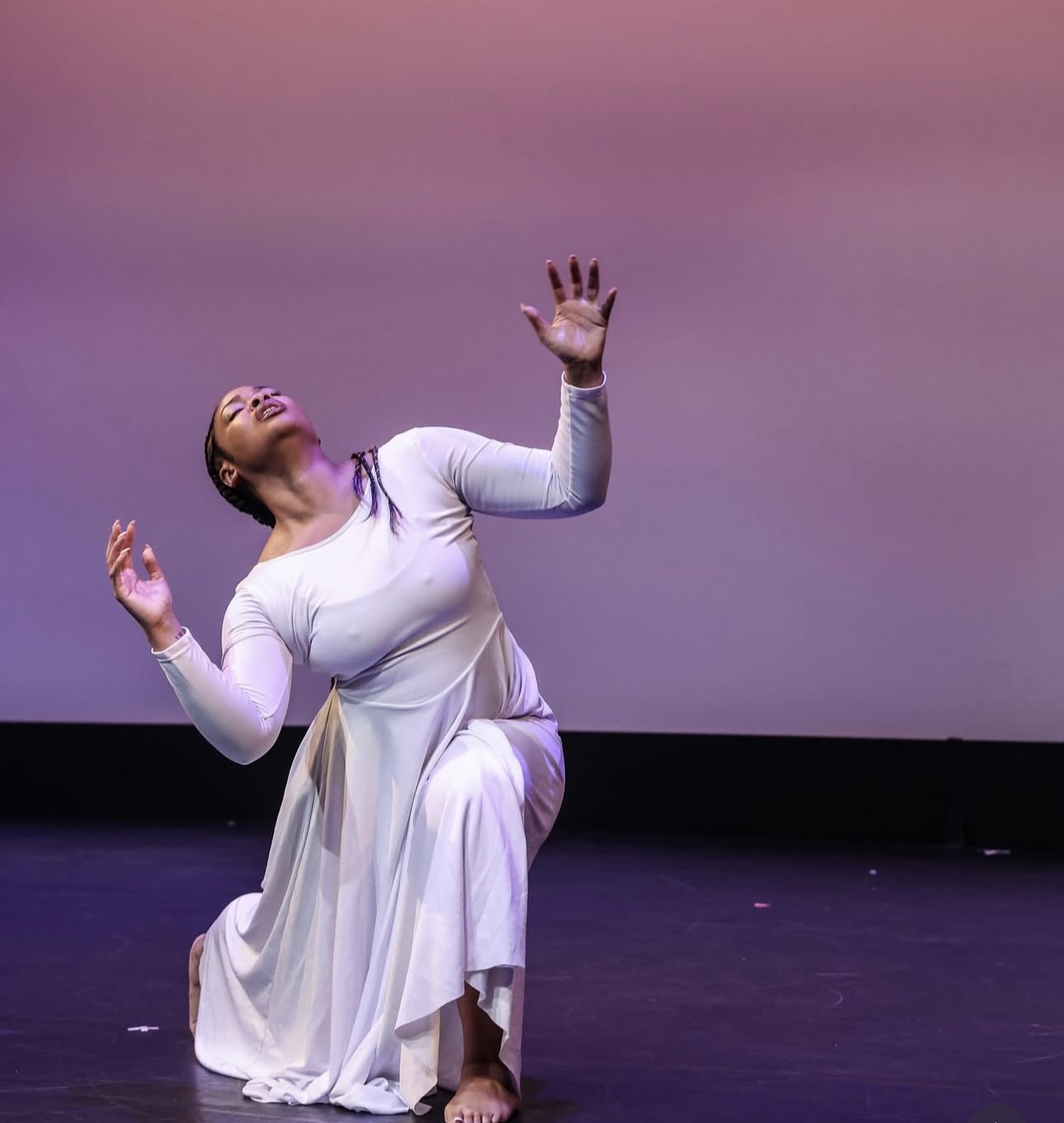
As always, we appreciate you sharing your insights and we’ve got a few more questions for you, but before we get to all of that can you take a minute to introduce yourself and give our readers some of your back background and context?
So, about myself—that’s always such a loaded question. You want to sound super edgy, but honestly? I’m a dancer. I’m from Atlanta, Georgia, born and raised. I studied dance at CalArts, transferred to Howard University, and I’m currently finishing my degree at the University of Maryland.
I’ve always been surrounded by dance. Whether it was through school, training with teachers, or simply being involved in the community, movement has been my constant. Getting into this industry was less about one moment and more about staying around the work—taking classes, staying connected, staying curious. That curiosity evolved into deep commitment.
After leaving CalArts and enrolling at Howard, I knew I didn’t want to follow the traditional dancer-to-company pipeline. I didn’t want to just audition for other people’s visions—I wanted to create my own. That’s when the seed was planted for what became my own collective: BREathe Dance Project. While at Howard, I was constantly in the studio, choreographing, building community, and imagining new ways to tell stories through dance.
Over the years, I’ve produced six full-length shows independently. I’ve done everything from writing grants, raising funds, casting dancers, choreographing, lighting, designing sets—you name it. I’ve also participated in choreographic residencies across the U.S., had my own TEDx Talk featured on TEDxFoggyBottom, and premiered multiple original works at the Washington Kennedy Center Millennium Stage. That has been my bread and butter: building worlds from scratch, and pouring into dancers and audiences alike with immersive, meaningful work.
But recently, I’ve shifted gears. The current arts landscape, especially for dancers, hasn’t been as supportive, and I found myself craving something deeper. That’s why I returned to school—not just to finish my degree, but to recalibrate and evolve.
What sets me apart is my tenacity. Life has thrown me every curve imaginable, but I’ve kept going. I’ve had to constantly solve problems, make new paths, and reimagine what’s possible. That’s what a choreographer does—we create order from chaos. We make space where there isn’t any. I’m proud of my consistency, my ability to see the vision—even when my eyes are closed. I’ve always convinced myself to believe, even before I had evidence.
My brand is color. It’s truth. It’s raw. It’s not for clout—it’s because I wake up needing to move. I don’t create for followers, I create because it’s my breath. If I had to describe my brand in three words: *one woman show.*

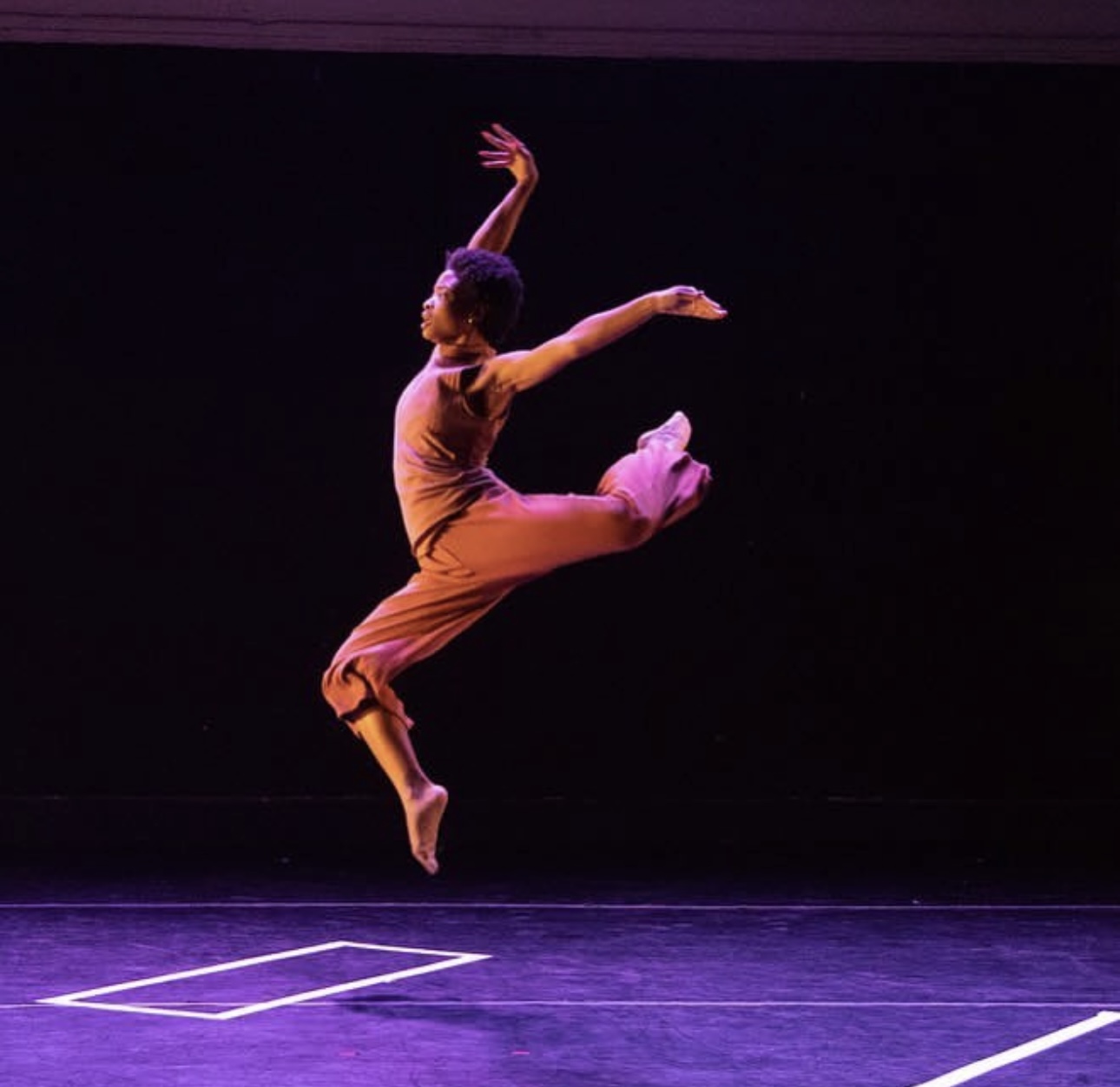
We’d love to hear a story of resilience from your journey.
One story that truly illustrates my resilience is when I had to withdraw from Howard University in 2017, just 28 credits short of earning my degree. It wasn’t because I failed or gave up. It was because of someone else’s wrongdoing—a financial scandal that affected many students, including me. I had dedicated so much of myself to that institution—producing work, choreographing, performing, building community—and yet, in the end, I had to leave not by choice, but because I was left to clean up a mess I didn’t create.
That kind of blow could’ve stopped everything. But instead of folding, I chose to reframe it. I channeled my frustration, disappointment, and heartbreak into my artistry—and into strategy. I didn’t just keep creating, I kept building. I leaned into the power of what I could control: my voice, my movement, my vision. From that moment forward, I turned every “no” I’ve received into an “on.” I flipped it, shifted it, used it as a starting point. That’s what I’ve always done—refused to let a closed door mean the end of the story.
Now, years later, I’ve returned to school on my terms. Not because I have to prove anything to anyone, but because I’m ready to finish what was mine all along. I came back not just to complete a degree, but to evolve, to recalibrate, and to reclaim the space I’ve always deserved.
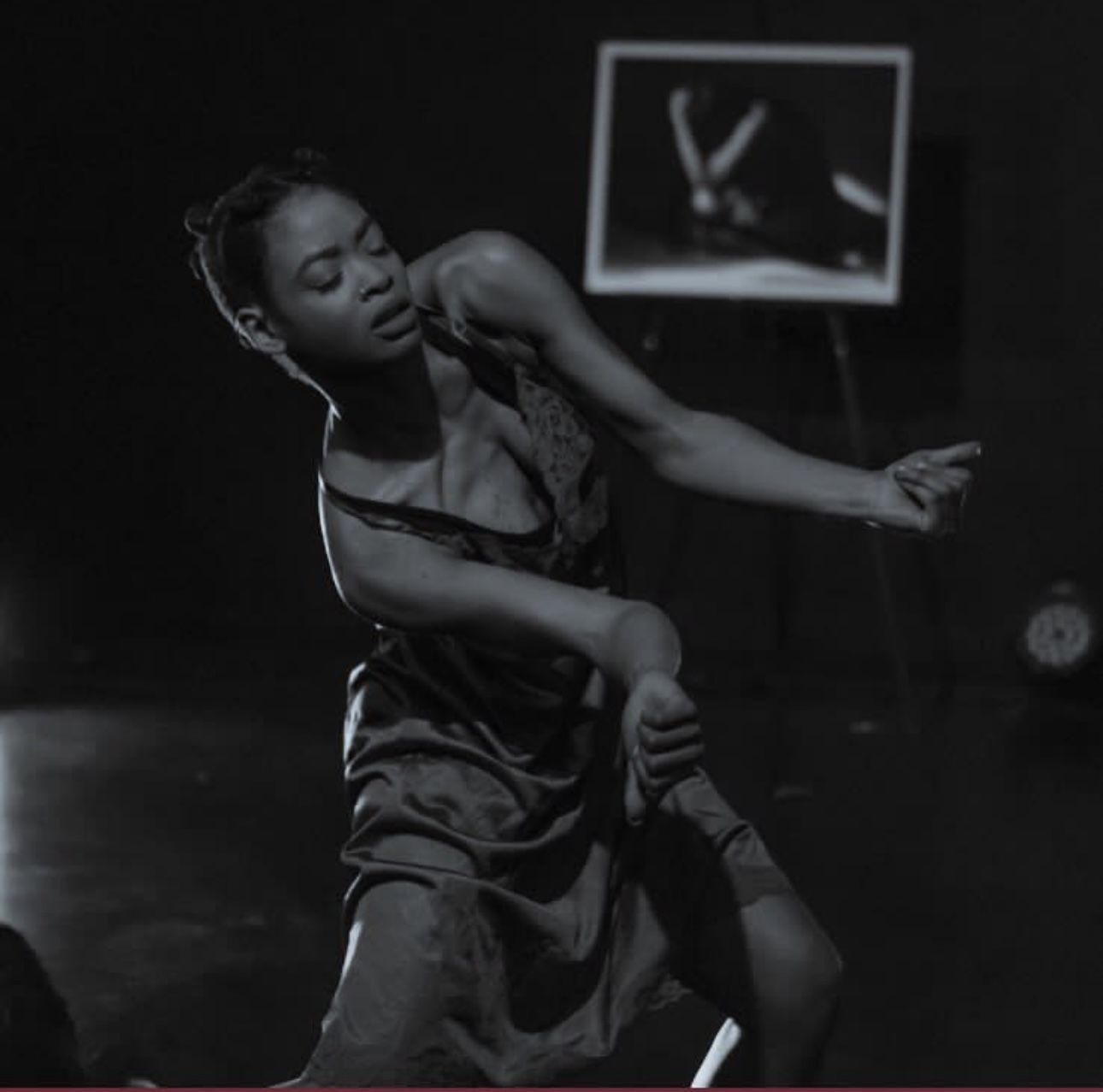

What can society do to ensure an environment that’s helpful to artists and creatives?
I think society needs to start by truly valuing artists not just as entertainers, but as vital contributors to culture, community, and even social change. That means more than applause or fleeting attention—it means consistent, sustainable support.
First, there needs to be better infrastructure: affordable spaces to create and perform, reliable funding that doesn’t feel like a lottery, and fair pay that recognizes the skill, labor, and time artists invest. Artists often juggle multiple jobs just to survive, and that drains creative energy. If society really wants creativity to thrive, artists have to be able to “live” from their work.
Education is also key. Creative arts need to be integrated and supported in schools as core subjects—not electives. When we invest in creative education early, we nurture the next generation of thinkers, makers, and innovators who will push culture forward.
Lastly, I believe society should foster environments that encourage risk-taking and experimentation. Artists need space to fail, evolve, and experiment without the constant pressure to commercialize or conform. The arts ecosystem flourishes when there’s room for authenticity, diversity, and raw expression.
Supporting artists means supporting “whole” people—recognizing the value of creativity as essential to the human experience and the health of our communities.
Contact Info:
- Instagram: bretheseals
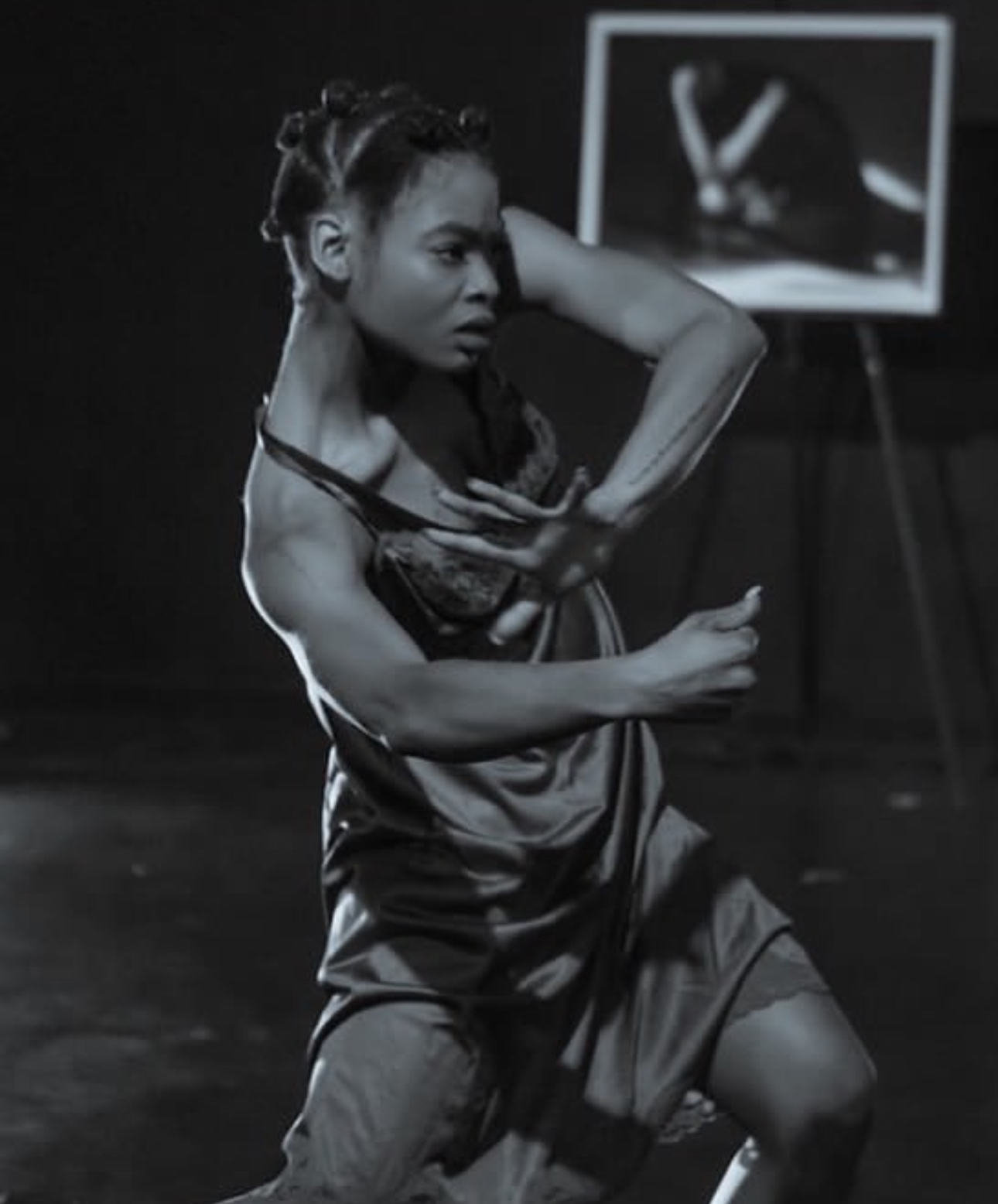
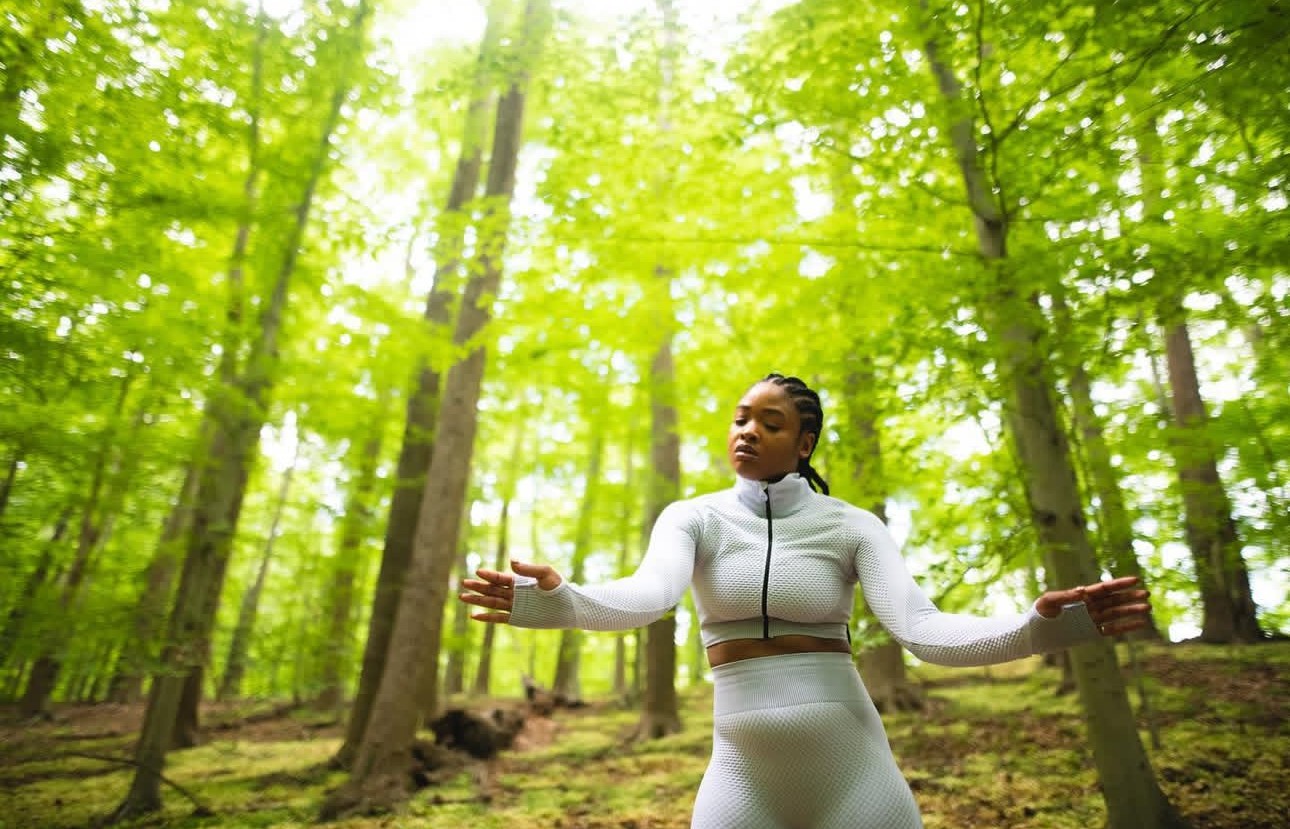
Image Credits
Photo Credits
1. Bre Seals
2. Jati Photo
3. Jonathan Hsu
4. Jeff Malet
5 Rodney Rice
6. TedXFoggy Bottom
7. Randolf Images
8. Ben Frey


